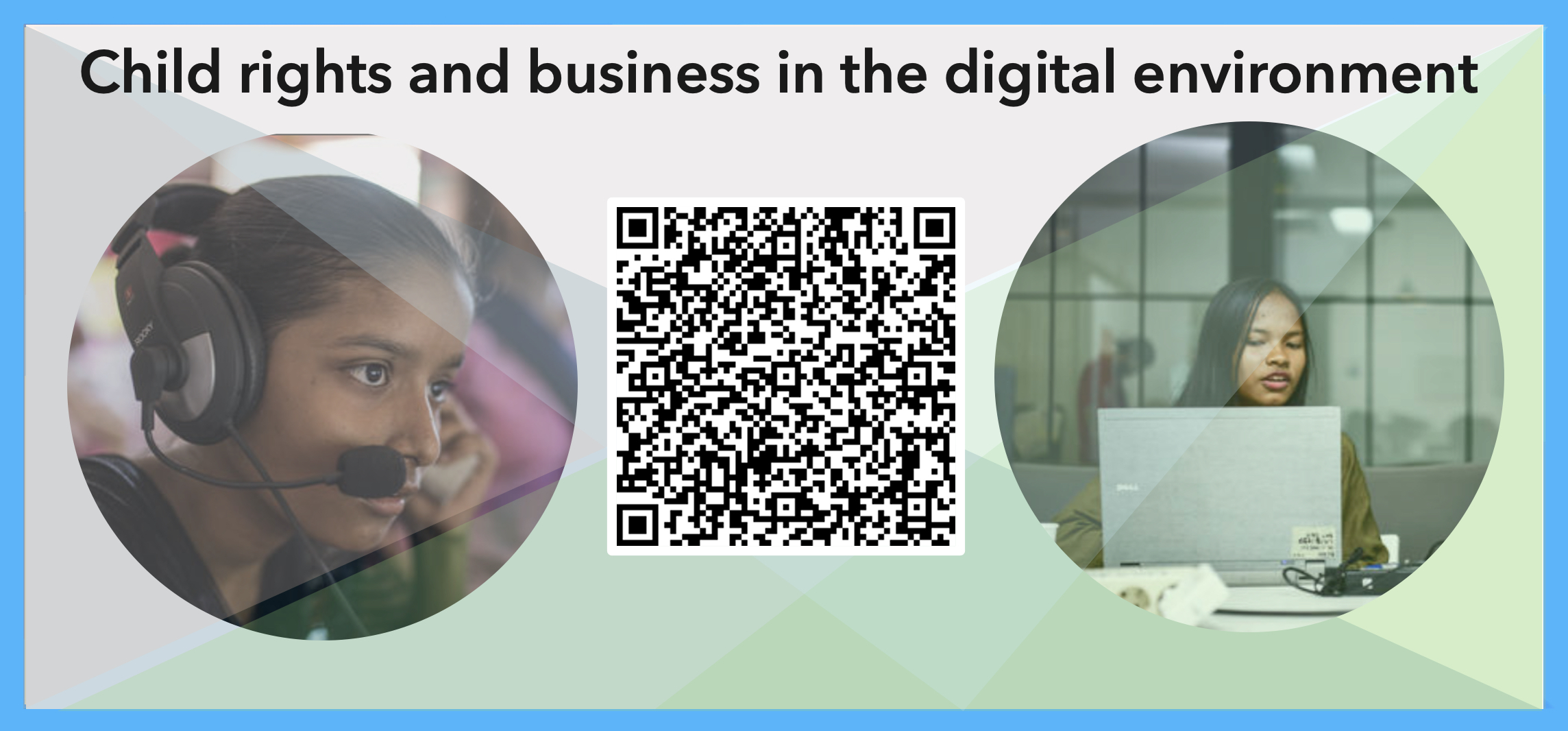This course is designed to create awareness among parents, guardians and caregivers about various child online engagements, their risks and benefits and help you to create a safer and more beneficial online family experience for your child at home.
Learning Objectives:
• understand the importance of awareness about children's online engagements;
• recognize children's rights on the Internet;
• be aware of online risks and harm associated with the internet, and children's reactions to being exposed to them;
• know how to create safe environments for children;
• be familiar with the ways to help children at risk, offer your support to those harmed, and useful resources.
This course is designed to educate parents/caregivers/guardians on their role as social support in helping their children who might have encountered online harm.
Learning Objectives:
• be able to recognize signs of child online exploitation;
• know to avoid victimizing children who were sexually exploited;
• understand the types of online risks and harm associated with the internet, and how children will react to such situations;
• be able to perform immediate actions to help children subjected to online violence;
• be familiar with the resources for further advice and support.

This course is designed to create awareness among educators, teachers, youth workers, and youth organizations on the protection and rights of children online. The course is aimed to help educators create a safer online school experience for their students.
Learning Objectives:
• understand online circumstances that can put children at risk of being harmed;
• Identify risks for children while they explore the online world such as mis/disinformation, cyberbullying, online radicalization, screen time, and inappropriate content;
• know which safety measures should be implemented at school and classroom levels to mitigate online risks;
• know how to properly respond and report if children were harmed online;
• be familiar with additional resources to get further support;
This course is designed to help educators better understand the risks related to Online Child Sexual Exploitation and Abuse (further - OCSEA), and how the educational environments can be used to prevent children from harm associated with OCSEA.
Learning Objectives:
• understand the role of educators in child online protection;
• be familiar with the 4C's classification of online risks;
• be able to identify different types of OCSEA and understand how they happen;
• know how to respond to the harmful online incidents and report them;
This course is designed to help educators better understand the risks related to Online Child Sexual Exploitation and Abuse (further - OCSEA), and how the educational environments can be used to prevent children from harm associated with OCSEA. 
This training course is primarily targeted towards staff of businesses providing digital platforms, tools and services, Internet and mobile phone services, as well as manufacturers of digital equipment and products that may be accessed by or otherwise impact children.
Those who are responsible for the design of products and services, carrying out human rights impact assessments or related activities, or formulating policies, procedures and guidelines will especially benefit from this resource.
Learning Objectives:
• Describe the core frameworks underpinning child rights and responsible business conduct;
• List the types of online risks and harms that children encounter in the digital environment;
• Discuss the issue of online child sexual exploitation and abuse and how it relates to digital business activities;
• Recognize opportunities to positively support children’s rights and well-being through business actions;
• Identify actions that your business can take to better integrate child rights across digital policies and practices.